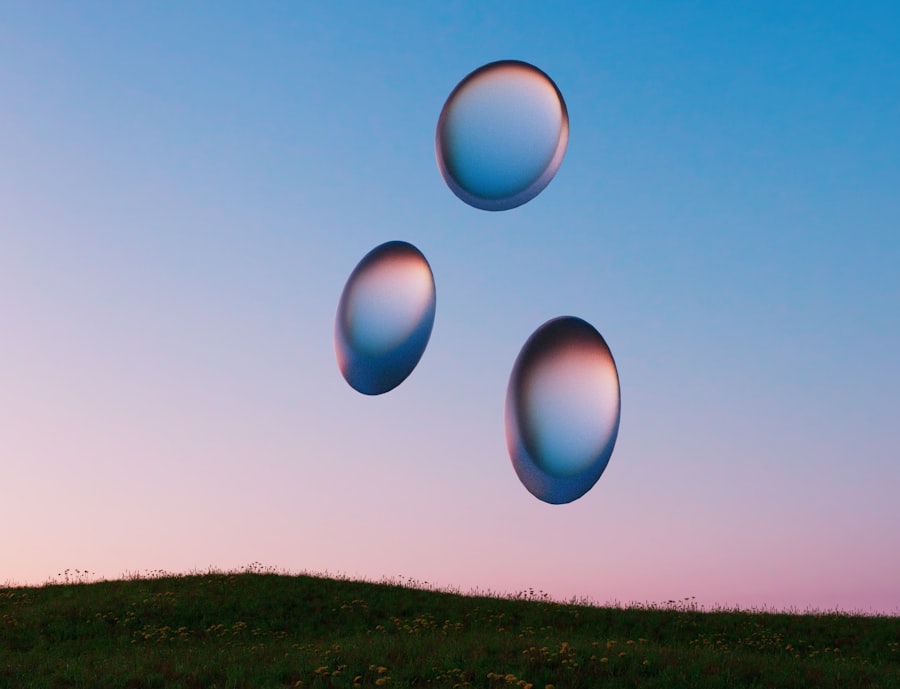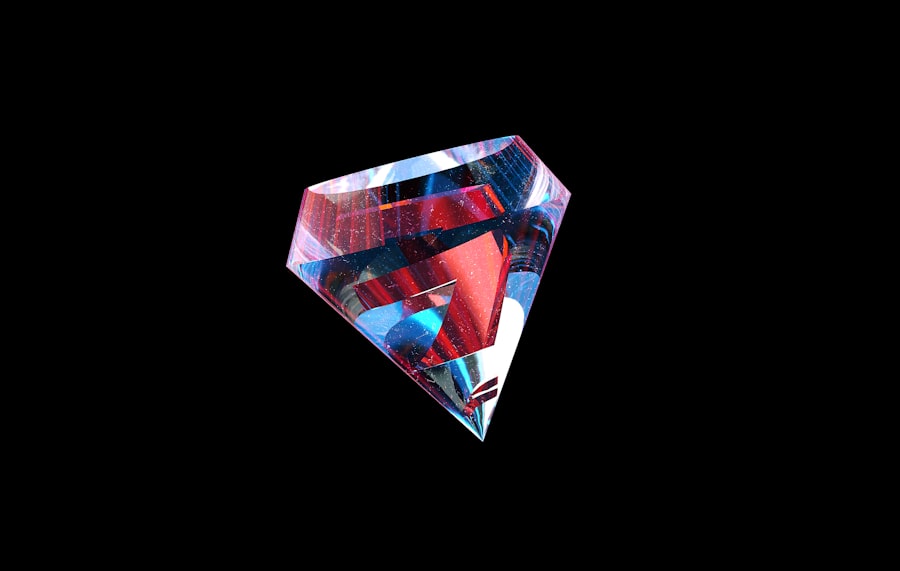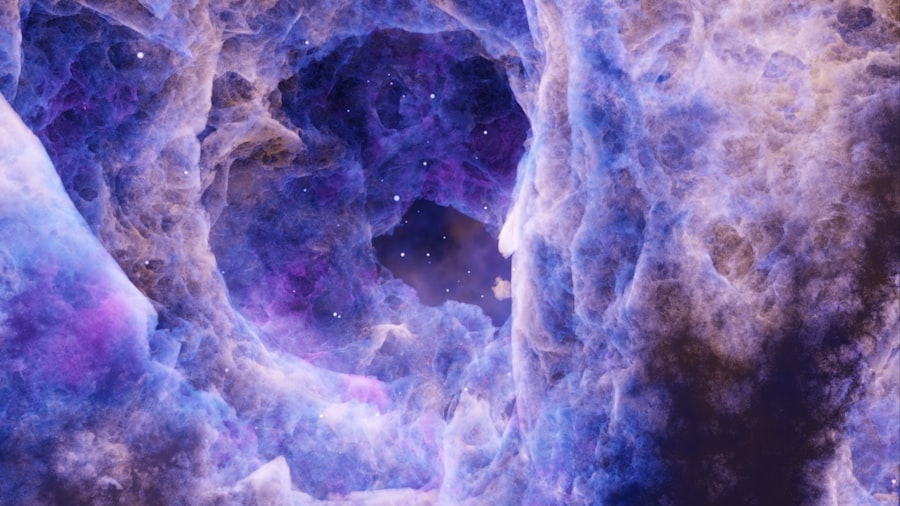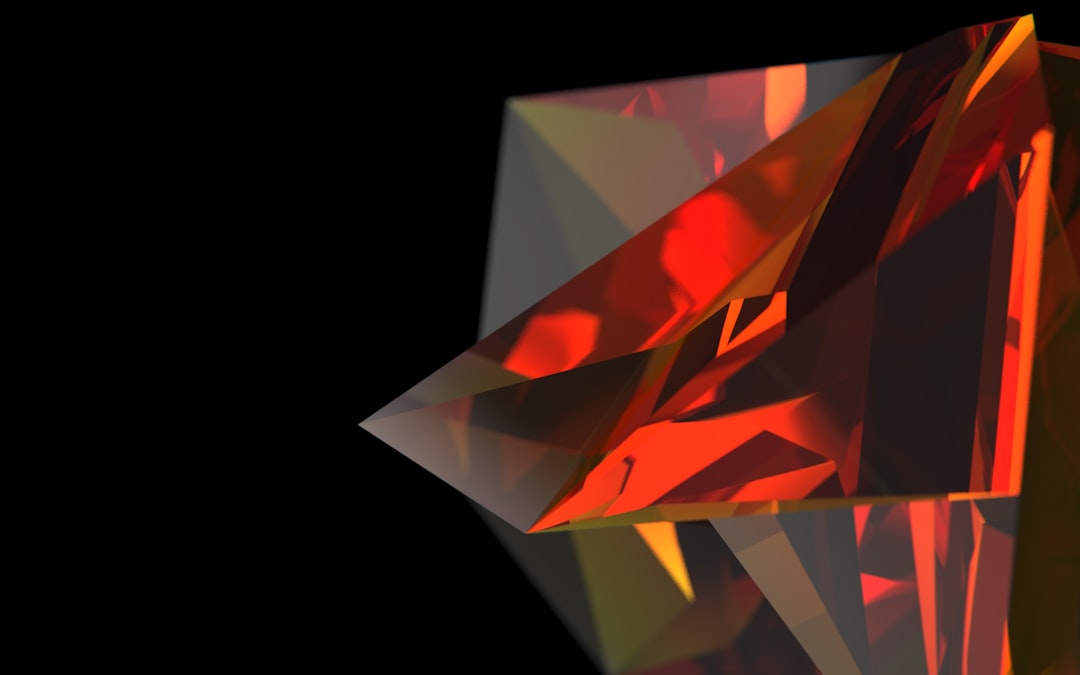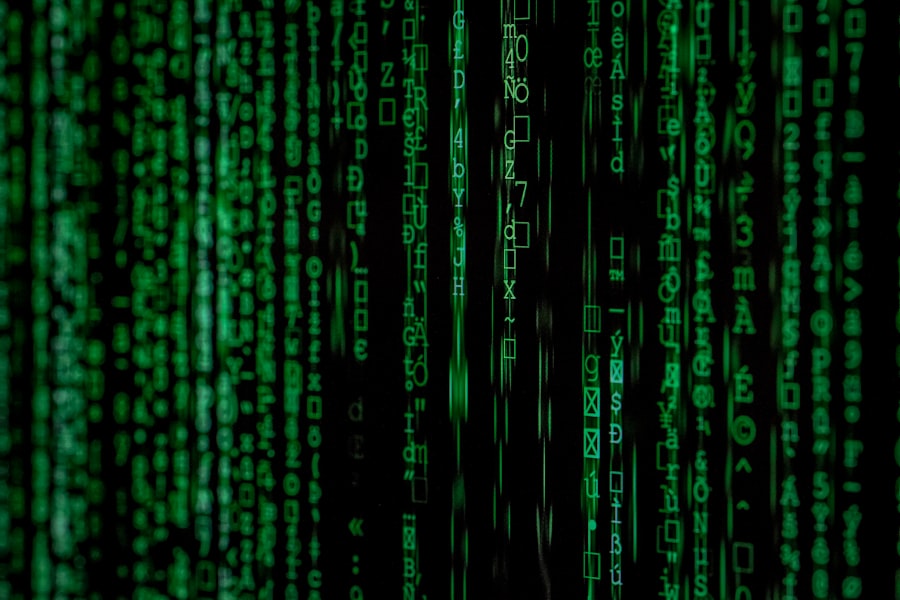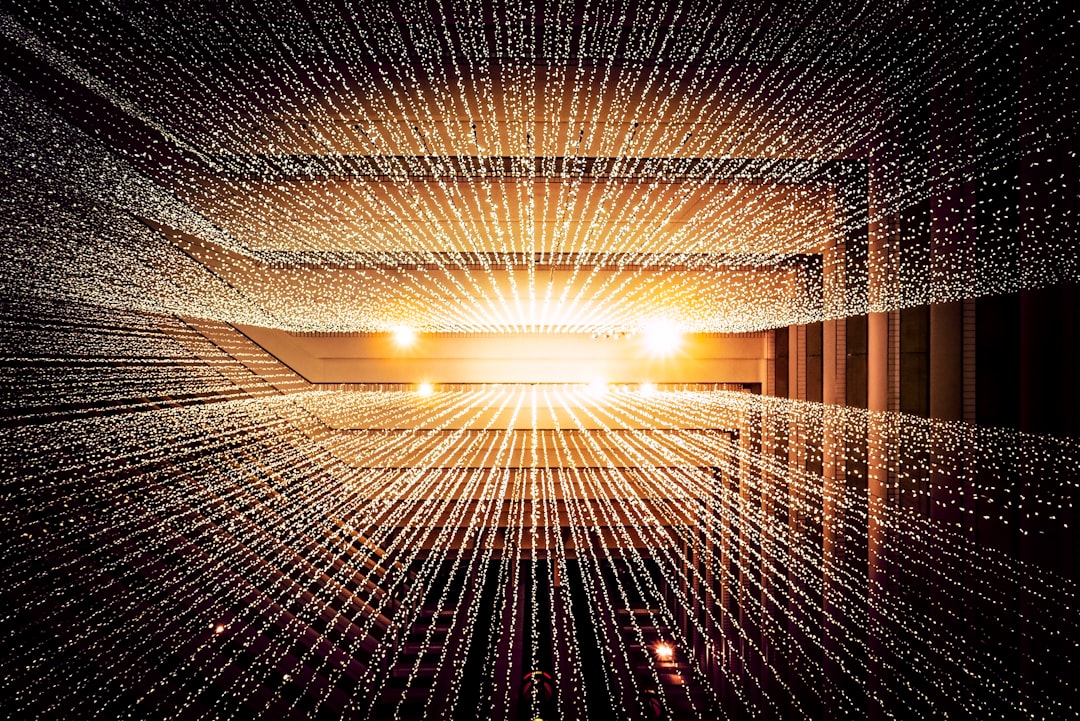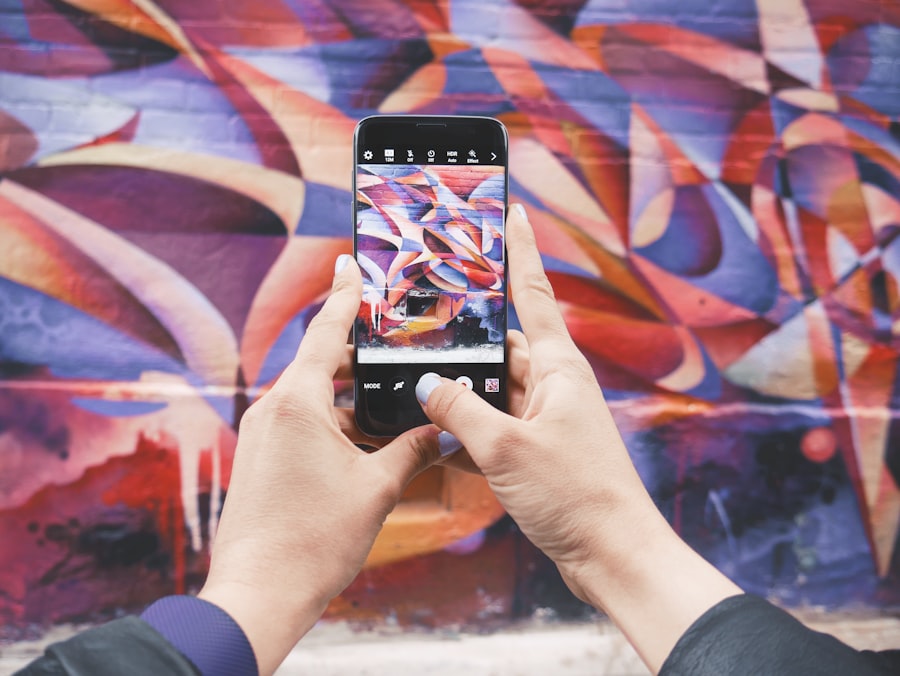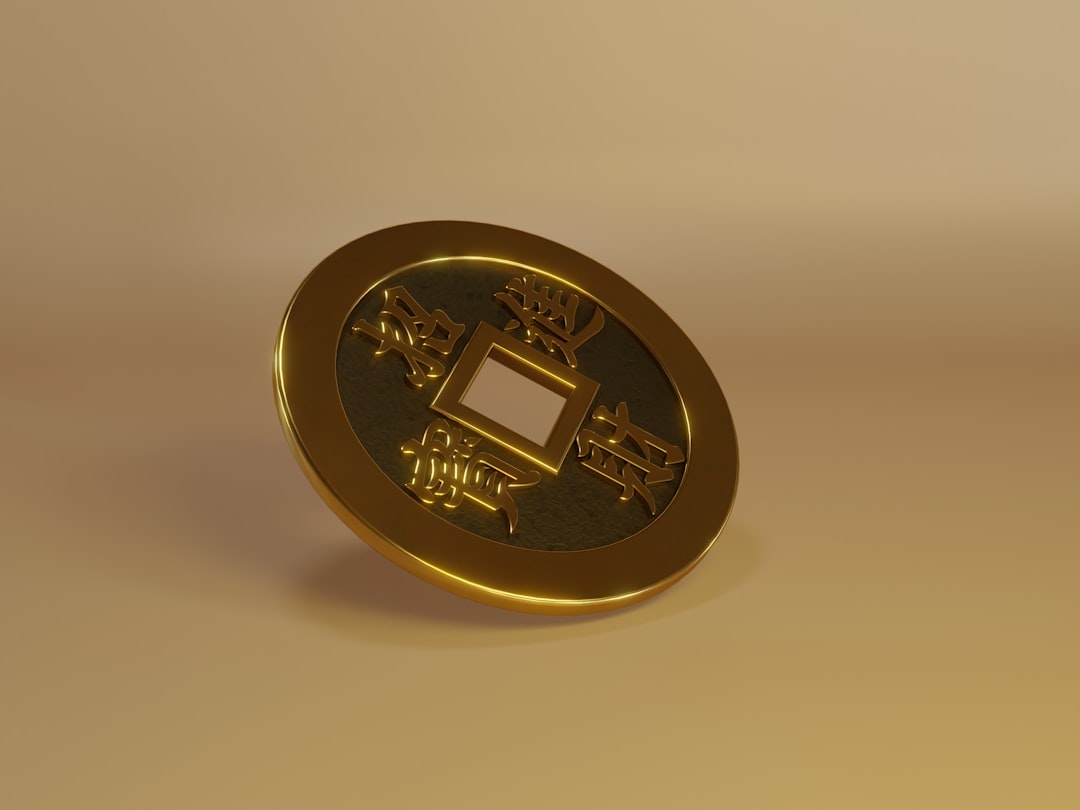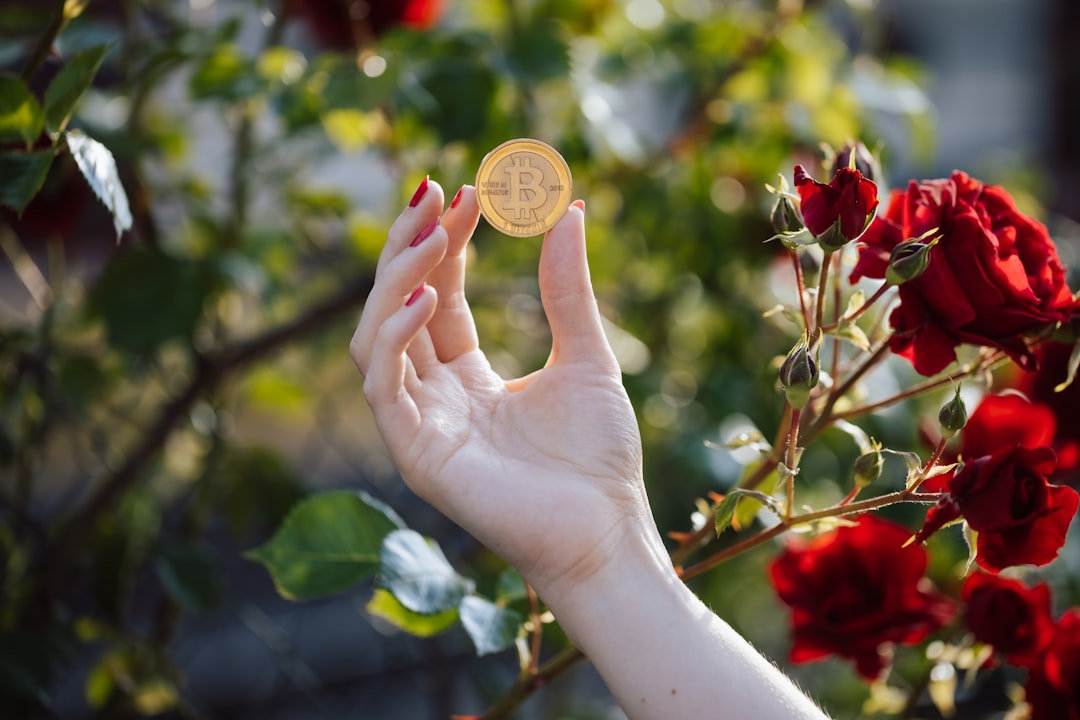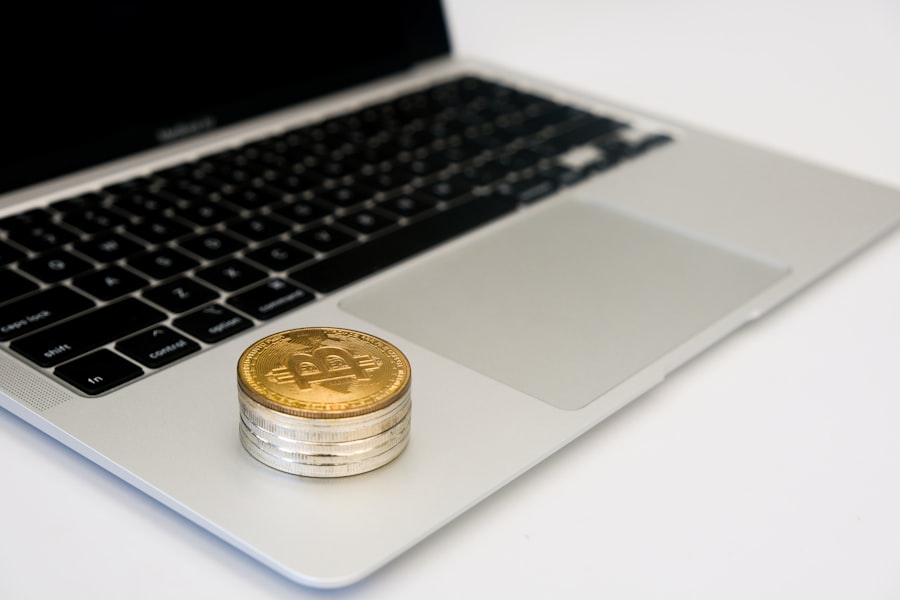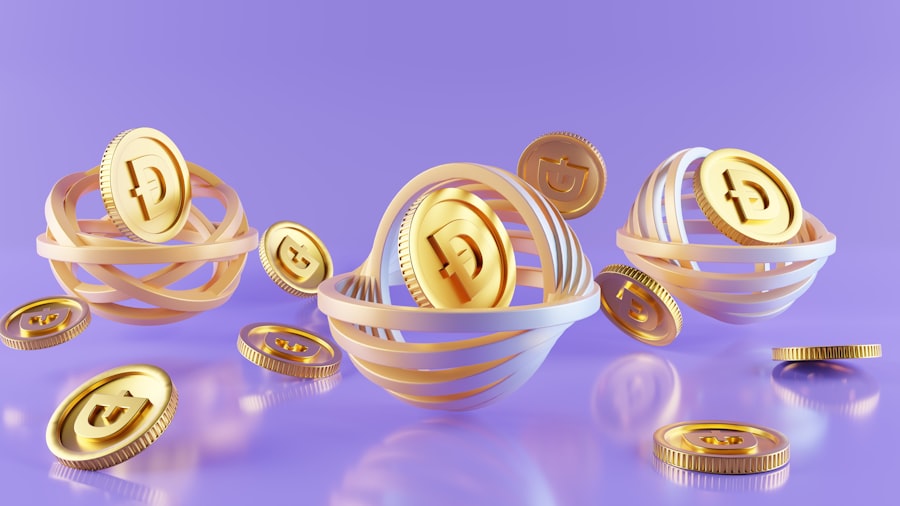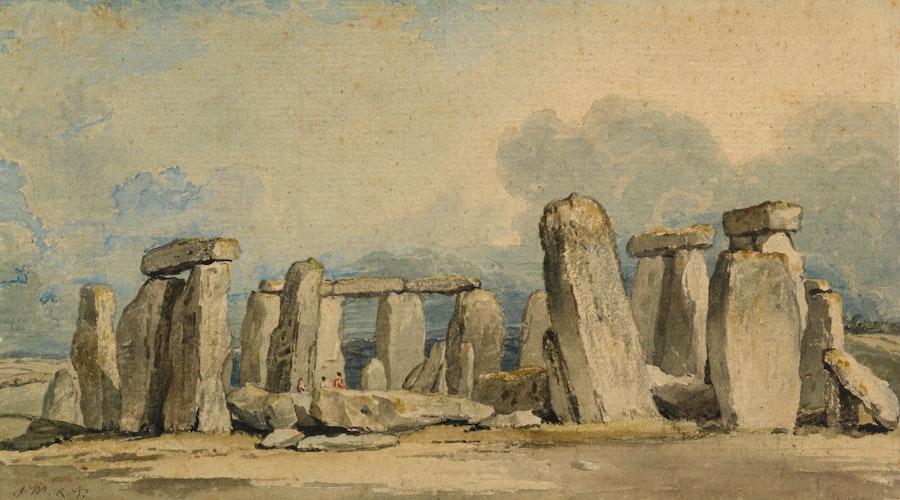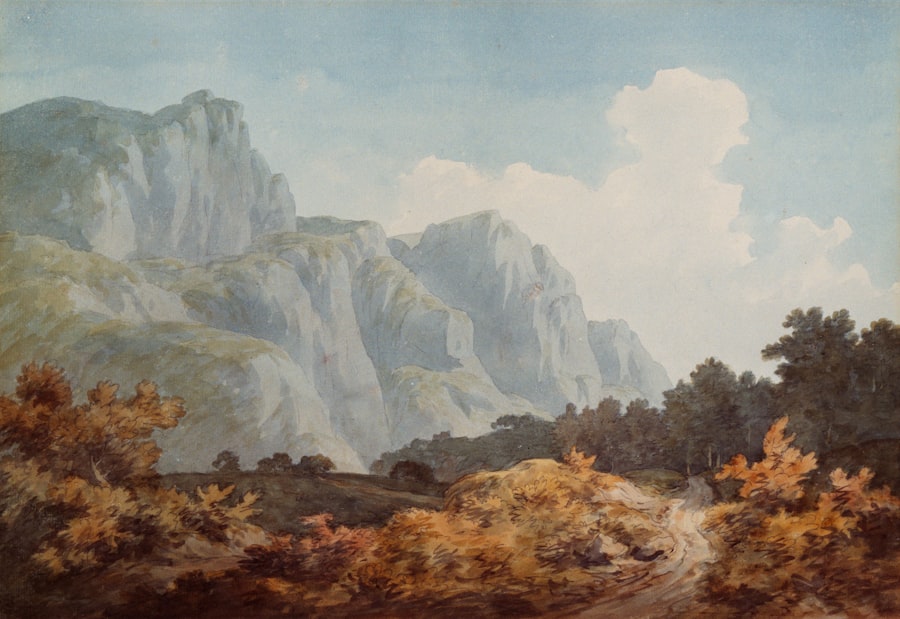NFTs (non-fungible tokens) are unique digital assets tokenized on a blockchain. Unlike fungible cryptocurrencies such as Bitcoin or Ethereum, NFTs cannot be exchanged on a one-to-one basis due to their distinct characteristics. NFT minting is the process of creating these unique digital assets on a blockchain.
To mint an NFT, creators select a platform like OpenSea, Rarible, or Mintable. They then upload their digital content (artwork, music, video, etc.) and add metadata such as title, description, and other relevant information. Creators also set parameters like the number of copies available and pricing.
Once minted, the NFT is recorded on the blockchain, becoming a verifiable digital asset. This process has gained popularity among artists, musicians, and creators as a means to monetize their digital work and reach a global audience. The growing NFT market has created new opportunities for creators to generate income from their digital creations.
As the NFT ecosystem continues to expand, understanding the minting process becomes increasingly important for creators looking to participate in this emerging digital asset class.
NFT News: The Latest Trends and Developments in the NFT Market
The Rise of Virtual Real Estate NFTs
One of the latest trends in the NFT market is the rise of virtual real estate NFTs. These virtual properties are being sold as NFTs on blockchain platforms, allowing buyers to own and trade virtual land in digital worlds such as Decentraland and The Sandbox.
NFTs in the Gaming Industry
Another development in the NFT market is the integration of NFTs into the gaming industry. Game developers are increasingly using NFTs to create unique in-game items and assets that can be bought, sold, and traded by players. This has opened up new opportunities for gamers to own and monetize their in-game achievements and possessions, creating a new economy within the gaming world.
Celebrity NFTs and the Future of Digital Assets
Furthermore, celebrities and athletes have also been getting in on the NFT craze, with many launching their own NFT collections. From digital artwork to exclusive experiences, these celebrity NFTs have been selling for millions of dollars, further fueling the hype around digital assets. As the NFT market continues to evolve, it’s clear that there are endless possibilities for the future of digital asset creation and ownership.
NFT Newsletter: Tips and Tricks for Creating and Selling NFTs

For creators looking to enter the world of NFTs, there are several tips and tricks to keep in mind when creating and selling digital assets. Firstly, it’s important to do thorough research on different NFT platforms before choosing where to mint your tokens. Each platform has its own set of features, fees, and community, so finding the right fit for your work is crucial.
Another tip for creating successful NFTs is to engage with your audience and build a community around your work. By sharing your creative process, behind-the-scenes content, and interacting with your fans, you can create a loyal following that will support your NFT releases. Building a strong community can also help generate interest and demand for your digital assets.
When it comes to selling NFTs, pricing is a key factor to consider. It’s important to set a fair price for your work that reflects its value while also being accessible to potential buyers. Additionally, marketing and promoting your NFTs through social media, newsletters, and other channels can help increase visibility and attract potential buyers.
Lastly, staying informed about the latest trends and developments in the NFT market is essential for creators looking to succeed in this space. By keeping up with industry news and staying ahead of the curve, creators can position themselves for success in the competitive world of digital asset creation and sales.
Demystifying the Process of NFT Minting: Step-by-Step Guide
| Step | Description |
|---|---|
| 1 | Choose a blockchain platform for minting |
| 2 | Create a digital wallet |
| 3 | Prepare your digital artwork or content |
| 4 | Choose a minting platform or marketplace |
| 5 | Upload your digital content and set parameters |
| 6 | Pay the minting fees and confirm the transaction |
| 7 | Wait for the minting process to be completed |
| 8 | Receive the minted NFT and start promoting it |
The process of minting an NFT may seem daunting at first, but with the right guidance, it can be a straightforward and rewarding experience for creators. To demystify the process of NFT minting, here is a step-by-step guide to help you get started: 1. Choose a Platform: The first step in minting an NFT is to choose a platform where you can create and sell your digital assets as tokens.
Popular platforms include OpenSea, Rarible, and Mintable, each with its own set of features and community. 2. Upload Your Digital Asset: Once you’ve chosen a platform, you can upload your digital artwork, music, video, or any other digital asset you wish to tokenize.
Make sure to follow the platform’s guidelines for file formats and size requirements. 3. Add Metadata: After uploading your digital asset, you can add metadata to your NFT, including a title, description, and any other relevant information about your work.
This metadata will help potential buyers understand the value and uniqueness of your digital asset. 4. Set Parameters: Next, you can set the parameters for your NFT, such as the number of copies available and the price of each token.
You can also choose whether to sell your NFT through an auction or at a fixed price. 5. Mint Your NFT: Once you’ve filled in all the necessary information and set your parameters, you can mint your NFT.
This process will record your digital asset as a unique token on the blockchain, making it a verifiable and tradable digital asset. By following these steps, creators can successfully mint their own NFTs and enter the exciting world of digital asset creation and sales.
Rising NFT Artists: Spotlight on the Up-and-Coming Talent in the NFT Space
The world of NFTs has provided a platform for up-and-coming artists to showcase their work and gain recognition in the digital art community. One rising star in the NFT space is visual artist Sarah Johnson, whose vibrant and surreal digital paintings have garnered attention from collectors and art enthusiasts alike. Johnson’s unique style and use of color have set her apart in the competitive world of NFT art, earning her a dedicated following on various blockchain platforms.
Another emerging talent in the NFT space is musician and producer Alex Chen, who has been creating and selling exclusive music NFTs on various platforms. Chen’s innovative approach to combining music with visual art has caught the eye of collectors looking for unique audio-visual experiences in the form of NFTs. His ability to push boundaries and experiment with new forms of digital art has positioned him as a rising star in the world of music NFTs.
Furthermore, digital collage artist Maya Patel has been making waves in the NFT space with her thought-provoking and visually stunning artwork. Patel’s use of found imagery and digital manipulation has resulted in captivating pieces that explore themes of identity and culture. Her ability to evoke emotion and spark conversation through her art has solidified her as an artist to watch in the ever-evolving world of NFTs.
As more artists like Sarah Johnson, Alex Chen, and Maya Patel continue to make their mark in the NFT space, it’s clear that there is no shortage of talent and creativity in this burgeoning industry.
Navigating the NFT Marketplace: How to Stand Out and Succeed as an NFT Creator

Creating Unique and High-Quality Digital Assets
With the increasing number of creators entering the NFT marketplace, it’s essential to find ways to differentiate yourself and succeed in this competitive space. One way to stand out is by offering unique and high-quality digital assets that showcase your individual style and creativity. By creating original work that resonates with collectors and art enthusiasts, you can build a strong brand presence in the NFT marketplace.
Building a Community and Engaging with Your Audience
Another strategy for success as an NFT creator is to engage with your audience and build a community around your work. By sharing your creative process, hosting live events or Q&A sessions, and interacting with your fans on social media platforms, you can create a loyal following that will support your NFT releases and help spread the word about your work. Furthermore, collaborating with other artists or creators in the NFT space can help expand your reach and introduce your work to new audiences.
Networking and Staying Informed
By partnering with like-minded individuals or participating in group exhibitions or collections, you can leverage each other’s networks and create mutually beneficial opportunities for exposure and sales. Lastly, staying informed about market trends and developments in the NFT space is crucial for navigating the marketplace successfully. By keeping up with industry news, attending virtual events or conferences, and networking with other creators and collectors, you can stay ahead of the curve and position yourself for success as an NFT creator.
The Future of NFTs: Exploring the Potential and Possibilities of Digital Asset Creation
As the popularity of NFTs continues to grow, so does the potential for new applications and possibilities in digital asset creation. One area with significant potential is virtual fashion and wearable NFTs. With advancements in augmented reality (AR) technology, there is an opportunity for fashion designers to create virtual clothing and accessories that can be worn by avatars in virtual worlds or integrated into AR experiences in the real world.
Another exciting prospect for the future of NFTs is the integration of blockchain technology into traditional industries such as real estate and luxury goods. By tokenizing real-world assets such as properties or high-end products as NFTs on a blockchain, there is potential to revolutionize ownership rights, provenance tracking, and trading in these industries. Furthermore, as more industries embrace the potential of blockchain technology and digital assets, there is potential for new forms of collaboration between creators from different disciplines.
For example, musicians could collaborate with visual artists to create audio-visual experiences as NFTs or partner with game developers to integrate their music into virtual worlds as unique in-game assets. In conclusion, the future of NFTs holds endless possibilities for creators across various industries to explore new forms of expression, ownership, and collaboration through digital asset creation on blockchain platforms. As technology continues to evolve and new applications emerge, it’s clear that we are only scratching the surface of what is possible in this exciting new frontier of digital creativity.
FAQs
What does it mean to mint an NFT?
Minting an NFT refers to the process of creating a unique digital asset on a blockchain. This process involves turning a digital file or piece of content into a non-fungible token (NFT) by recording its ownership and other metadata on a blockchain.
How is an NFT minted?
To mint an NFT, a creator typically uses a specialized platform or marketplace that supports NFT creation. They upload their digital file, such as an image, video, or audio clip, provide relevant metadata, and pay a fee to have the NFT minted on a specific blockchain.
What is the significance of minting an NFT?
Minting an NFT establishes a unique, verifiable, and immutable record of ownership for a digital asset. This can provide creators with a way to monetize their digital work, and collectors with a way to own and trade digital collectibles.
Can anyone mint an NFT?
Yes, in most cases, anyone can mint an NFT as long as they have access to a platform or marketplace that supports NFT creation. However, it’s important to consider copyright and intellectual property rights when minting NFTs of existing digital content.
What are the costs associated with minting an NFT?
The costs of minting an NFT can vary depending on the platform or marketplace used, the blockchain network chosen, and the size and complexity of the digital file being minted. These costs typically include transaction fees and any additional platform fees.


